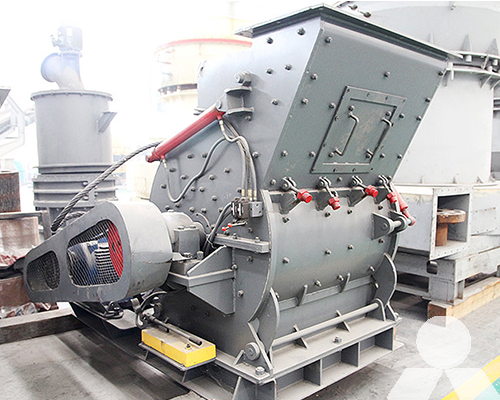Wiki
Last Updated :2023-10-09 Views:480
Hammer mill specification
Hammer mill is machines used in agriculture, forestry, and various industries to reduce the size of material into smaller pieces by impact. The specifications of a hammer mill can vary depending on its intended use and manufacturer, but I can provide you with a general overview of common specifications you might find:

- Size and Capacity:
- Hammer mills come in various sizes, from small laboratory models to larger industrial machines.
- The capacity of a hammer mill is typically measured in tons per hour (tph) or pounds per hour (lb/hr) and varies widely depending on the size and design of the mill.
- Power Source:
- Hammer mills can be powered by electricity, diesel engines, or even PTO (power take-off) from a tractor, depending on their intended application and location.
- Rotor Design:
- Hammer mills have a rotor with hammers that rotate at high speed to strike and shatter the material. The rotor design can vary in terms of the number and arrangement of hammers.
- Screen Size and Configuration:
- Hammer mills often have interchangeable screens with different hole sizes to control the final particle size of the ground material.
- Material of Construction:
- The construction materials of a hammer mill can vary, with common options including carbon steel, stainless steel, or other alloys, depending on the material being processed and the need for corrosion resistance.
- Feed Mechanism:
- Hammer mills can be designed for various types of feeding mechanisms, such as gravity feed, auger feed, or pneumatic suction.
- Safety Features:
- Modern hammer mills often come equipped with safety features like guards, interlocks, and emergency stop buttons to ensure safe operation.
- Maintenance Requirements:
- Consideration of maintenance and ease of access to critical components is essential in the design of hammer mills.
- Noise and Dust Control:
- Depending on the application, hammer mills may be equipped with noise and dust control measures to comply with safety and environmental regulations.
- Mobility and Portability:
- Some hammer mills are designed to be portable or mounted on trailers for easy transport and use in the field.
- Control System:
- Some hammer mills may have advanced control systems to regulate factors like speed, feed rate, and particle size.
- Application-Specific Features:
- Hammer mills can be customized for specific applications, such as crushing grains for animal feed, reducing wood chips for biomass processing, or grinding various materials for industrial processes.
Keep in mind that the specific specifications of a hammer mill will vary depending on its intended use and the manufacturer’s design choices. When purchasing or specifying a hammer mill, it’s essential to consider your specific requirements and consult with the manufacturer or supplier to ensure that the machine meets your needs.









